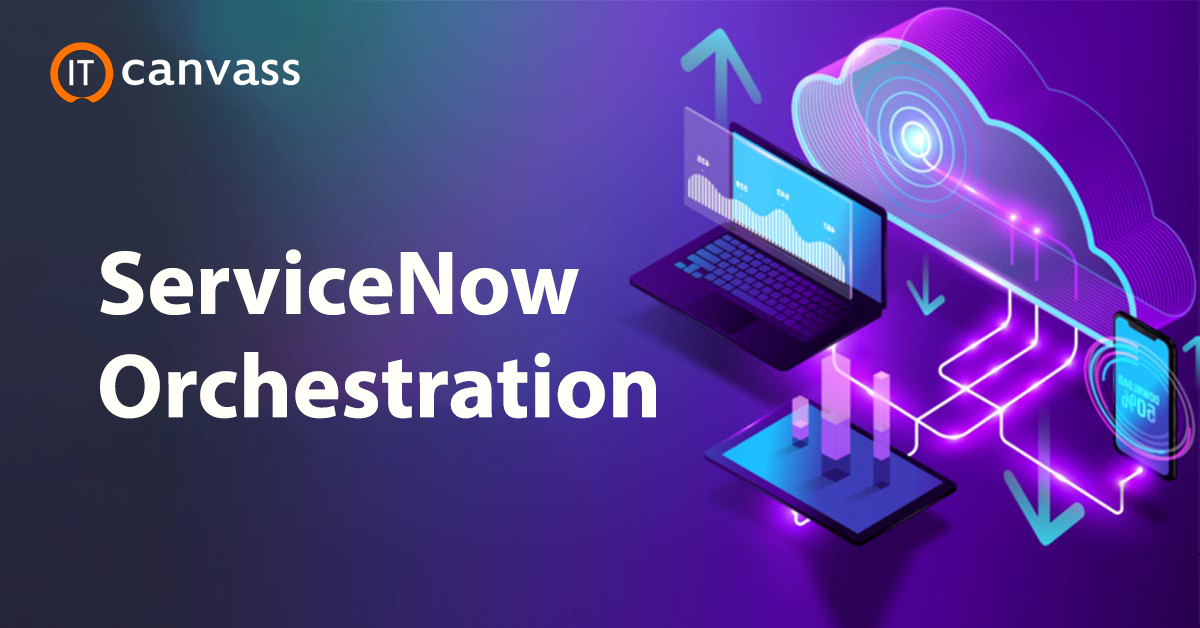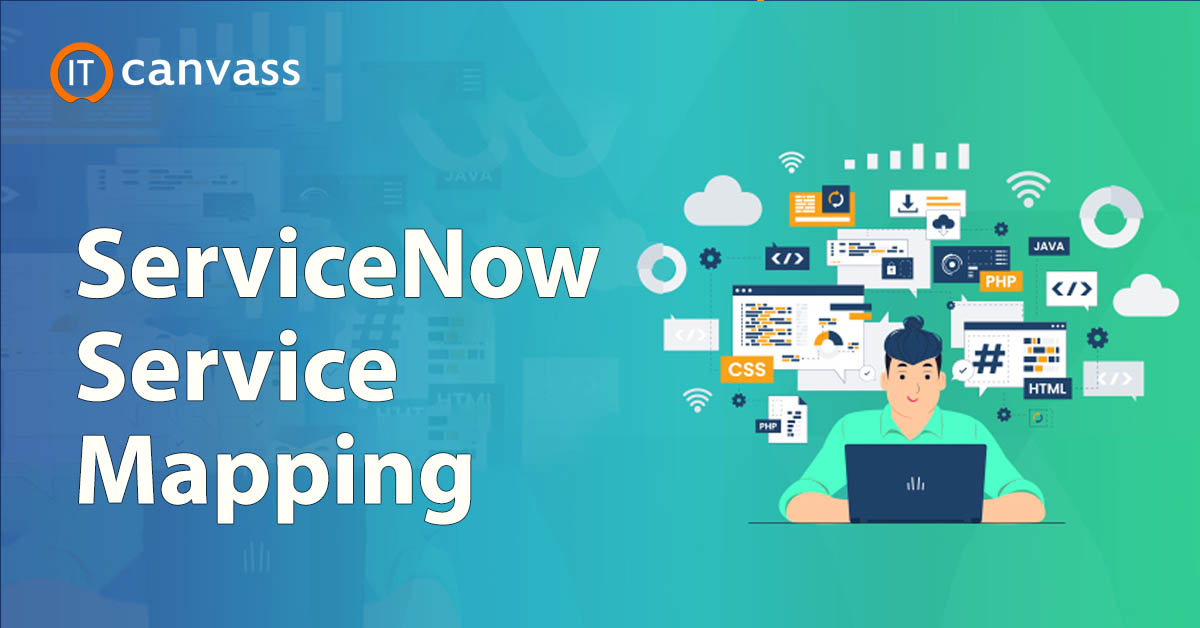ServiceNow is a popular cloud-based company that offers Enterprise cloud solutions and service management to global IT companies. ServiceNow Asset Management is an essential component of the ServiceNow platform and a suite of many ITSM tools. It smoothens and automates multiple IT workflows and processes in a company. Moreover, ServiceNow Asset Management is an application that connects with various IT resources' physical, juridical, scientific, and financial features. However, ServiceNow Asset Management is related to CMDB but possesses different objectives. The former mainly focuses on the monetary aspects of the company's assets, and the latter focuses on developing and managing elements that build a network of various services.
What is ServiceNow Asset Management?
Many businesses are spending huge amounts on their IT and software management to make them work efficiently. ServiceNow Asset Management is an application under the ServiceNow platform that helps manage various enterprise assets across its lifecycle. Further, it combines IT resources' material, juridical, industrial, and financial aspects. Also, Asset Management offers a central asset repository to track and manage different types of assets, contracts, etc. Moreover, it allows companies to comply with the rules and regulations to improve compliance. Thus, Asset Management follows common goals and objectives to meet the business needs.
Interested to learn ServiceNow Asset Management Training ? Join IT Canvass' ServiceNow Asset Management Training Program
Goals of ServiceNow Asset Management
The major goal of an Asset management process in an enterprise is to improve its activities and manage assets effectively. The following are the most common objectives and goals of ServiceNow Asset Management:
- Manage the stock bought and used.
- Choose the right tools to manage various assets and IT resources.
- Minimize buying expenses and the cost of managing resources.
- Improving IT administration and its management for end-users.
- Managing resource life cycle from organizing to dumping.
- Accomplish conformity with the suitable norms and directives.
- Build standards and methods to control resources.
- Further, many of the finest ITAM programs consist of multiple divisions: people, IT, monetary services, and end-clients.
Why use ServiceNow Asset Management?
ServiceNow Asset Management is a platform that connects various IT resources' physical, juridical, scientific and monetary features. Moreover, Asset Management refers to enhancing an enterprise's wealth over time through buying, managing, and dealing with investments that help in business growth.
In this sense, ServiceNow ITAM or IT Asset Management deals with simplifying the process of tracking resources across the enterprise. ITAM completely manages the tracking of IT resources and their usage properly. Overall, ServiceNow Asset Management offers the potential to manage core IT resources, infrastructure, and field activities.
Software Asset Management Roles
The following are the various ServiceNow Software Asset Management Roles (SAM).
1) Software Asset Management Admin (SAM Admin)
The SAM Admin role includes complete access to the Software Asset Management (SAM) application. Further, this role must import licenses, execute reconciliation, manage recovery mandates, build custom products, and other admin services.
2) Software Asset Management User (SAM User)
All Software Asset Management functions, except administrative features, are accessed to this job.
3) Software Asset Management Developer (SAM Developer)
This SAM role enables developing scripts on the SAM platform similar to the code-writing grants allowed to a sysadmin. Generally, this role is accessed by trained ServiceNow Admins.
upskill your knowledge on ServiceNow Products through Servicenow Tutorial !!

Servicenow Software Asset Management Training
- Master Your Craft
- Lifetime LMS & Faculty Access
- 24/7 online expert support
- Real-world & Project Based Learning
What other ServiceNow metrics does Asset Management depend on?
The following are the various metrics of ServiceNow on which the Asset Management depends:
1) Configuration Management
This ServiceNow Asset Management measure works with a specific part of Asset Management. It includes the support stage of the asset lifecycle. Therefore, you should use it for tasks related to asset services. These include checking for events, issues, or changes related to a specific asset.
2) Acquisition
Whenever a client requests an asset or a resource that is not in a disposal state, the acquisition module helps to acquire those requests. Then, it allows us to analyze the complete acquisition life cycle from inception to receiving. Later, this metric replaces Asset Management (AM) by holding the acquisition stage of the asset life cycle. It will be liable to connect with the venture purchase framework if required.
3) Request Management
This ServiceNow metric authorizes users to analyze the Service Catalog and appeal for new assets. Moreover, the requests managing workflows are added to the ServiceNow Asset Management to manage them properly.
Now, let us know the various benefits of ServiceNow Asset Management.
Check out Top ServiceNow Interview Questions and Answers that help you grab high paying jobs
Benefits of ServiceNow Asset Management
ServiceNow Asset Management application mainly concentrates on effectively managing various IT resources of the company for their entire lifecycle. The following are a few benefits of SNow Asset Management:
1) Central Asset Repository:
The ServiceNow Asset Management offers a central database or an asset repository that helps to track and manage multiple assets. It includes software, hardware, deals, and many more. Further, this repository ensures that it can provide ready-to-use, updated and accurate resource information.
2) Offers complete visibility and transparency
ServiceNow Asset Management platform provides complete and real-time visibility of a company's resource stock. Also, it allows stakeholders to access resource-related data such as status, ownership, situation, asset usage, etc. Further, transparency helps to make many informed decisions concerning ServiceNow Asset Management.
3) Cost Management and Budgeting
Having accurate data related to your assets or resources, you can easily manage expenses related to purchases, services, and substitution of resources. Further, it also allows effective budgeting and restricts overspending.
4) Compliance Improvement
ServiceNow Asset Management helps users and business entities comply with industry standards, rules, licensing contracts, and company policies. Moreover, it allows you to track software licenses, observe their usage, and avoid over usage. Further, you can minimize the risk of penalties and charges related to non-compliance.
5) Procure Efficiently
The ServiceNow Asset Management platform smoothens the entire process of acquisition. It provides effective insights into various resource needs and automates multiple workflows to request, approve, and buy assets. Further, it minimizes human efforts, reduces errors, and accelerates the procurement cycle.
6) Lifecycle Management
Every resource or asset has a life cycle including buying, deployment, management, upgrading, and removal. In this regard, ServiceNow Asset Management helps to manage all these asset phases, ensuring they are used perfectly and substituted as required.
7) User-friendly Interface
ServiceNow offers a user-friendly interface so users can easily interact with the asset data management from start to end.
join IT Canvass ServiceNow community to discuss more on every indepth module of Servicenow Asset Management !!

Subscribe to our youtube channel to get new updates..!
Cons Of ServiceNow Asset Management
The following are a few cons of ServiceNow Asset Management (SAM):
1) Cost
Applying and managing SAM is expensive, mainly for small business enterprises. Large businesses can afford it.
2) Complex Learning Curve
The SAM platform has extensive features that can lead to a complex learning curve for many users and admins.
3) Challenges in Customizing
Customization can be a challenging task to tailor the SAM application for specific business needs.
4) Deployment Time
The ServiceNow deployment takes much time, which could impact the speed of setting up the platform.
5) Regular Maintenance
It needs frequent updates, security patches, and servicing to keep the system running effectively and smoothly.
6) Resource Needs
The SAM application requires highly skilled and qualified IT experts to set up, manage, and test the whole system.
7) Internet Connectivity
ServiceNow is a cloud-based app that constantly needs strong internet connectivity. It allows users to access and use the platform without issues.
Conclusion
Thus, SAM offers many benefits to its users as a complete application for managing IT resources. It mainly helps in acquisition, servicing, life cycle management, and tracking usage. Therefore, many businesses adopt it in their ITSM process to minimize their acquisition costs, manage IT assets effectively, and improve the quality of IT administration. You can choose whether to adopt it by going through its various uses and benefits.
Related Articles:
Categories
- Top ServiceNow Integrations one Should Know
- What is Servicenow
- ServiceNow Certification
- ServiceNow Interview Questions
- Servicenow Tutorial
- ServiceNow Ticketing Tool
- Servicenow SLA
- ServiceNow Fundamentals
- ServiceNow Administration
- ServiceNow Developer Instance
- ServiceNow Reporting
- ServiceNow Integration








